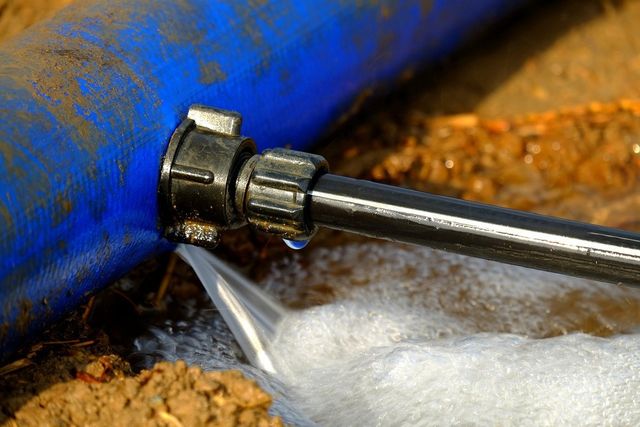Just how to Examine If Your Residence Has a Concealed Leakage
Just how to Examine If Your Residence Has a Concealed Leakage
Blog Article
Are you currently on the lookout for info concerning Top leak detection hacks?

Early discovery of dripping water lines can reduce a prospective calamity. In addition to conserving you money, it will lessen the worry as well as stress. The minute you locate a leak, calling your plumber for repairs is the most effective solution. Some little water leakages may not be noticeable. Below are some hacks that aid if you can not find it with your nude eyes.
1. Examine the Water Meter
Checking it is a proven means that aids you find leakages. If it moves, that indicates a fast-moving leak. This means you might have a slow-moving leakage that might also be below ground.
2. Inspect Water Usage
If you identify abrupt modifications, regardless of your consumption being the exact same, it implies that you have leaks in your plumbing system. A sudden spike in your costs shows a fast-moving leak.
Meanwhile, a stable increase each month, even with the very same behaviors, reveals you have a slow leakage that's likewise slowly rising. Call a plumber to extensively inspect your property, particularly if you really feel a cozy location on your flooring with piping beneath.
3. Do a Food Coloring Examination
When it pertains to water consumption, 30% comes from commodes. Test to see if they are running effectively. Decrease flecks of food color in the container and also wait 10 mins. There's a leak between the storage tank and bowl if the color somehow infiltrates your bowl throughout that time without flushing.
4. Asses Outside Lines
Do not neglect to check your outside water lines also. Must water seep out of the connection, you have a loosened rubber gasket. One tiny leakage can lose heaps of water and surge your water bill.
5. Evaluate the circumstance and evaluate
Property owners need to make it a behavior to examine under the sink counters and also even inside cupboards for any kind of bad odor or mold growth. These 2 warnings show a leak so prompt attention is called for. Doing routine evaluations, also bi-annually, can conserve you from a major issue.
More importantly, if you understand your home is currently old, keep a watchful eye on your heating systems, hose pipes, pipelines and so on. Look for discolorations and also damaging as most devices and pipes have a life expectancy. They will certainly also normally degrade because of damage. If you think leaking water lines in your plumbing system, do not wait on it to escalate. Call a specialist plumber as soon as possible so you do not end up with a dreadful mess in your house.
Early discovery of leaking water lines can reduce a prospective catastrophe. Some little water leakages may not be visible. Inspecting it is a proven means that helps you discover leaks. One small leakage can throw away tons of water as well as increase your water costs.
If you believe leaking water lines in your plumbing system, do not wait for it to escalate.
WARNING SIGNS OF WATER LEAKAGE BEHIND THE WALL
PERSISTENT MUSTY ODORS
As water slowly drips from a leaky pipe inside the wall, flooring and sheetrock stay damp and develop an odor similar to wet cardboard. It generates a musty smell that can help you find hidden leaks.
MOLD IN UNUSUAL AREAS
Mold usually grows in wet areas like kitchens, baths and laundry rooms. If you spot the stuff on walls or baseboards in other rooms of the house, it’s a good indicator of undetected water leaks.
STAINS THAT GROW
When mold thrives around a leaky pipe, it sometimes takes hold on the inside surface of the affected wall. A growing stain on otherwise clean sheetrock is often your sign of a hidden plumbing problem.
PEELING OR BUBBLING WALLPAPER / PAINT
This clue is easy to miss in rooms that don’t get much use. When you see wallpaper separating along seams or paint bubbling or flaking off the wall, blame sheetrock that stays wet because of an undetected leak.
BUCKLED CEILINGS AND STAINED FLOORS
If ceilings or floors in bathrooms, kitchens or laundry areas develop structural problems, don’t rule out constant damp inside the walls. Wet sheetrock can affect adjacent framing, flooring and ceilings.
https://www.servicemasterbyzaba.com/blog/how-to-detect-water-leakage-in-walls/

As an avid reader on Leaking water lines, I assumed sharing that article post was appropriate. Sharing is nice. Helping others is fun. Many thanks for your time. Come back soon.
Report this page